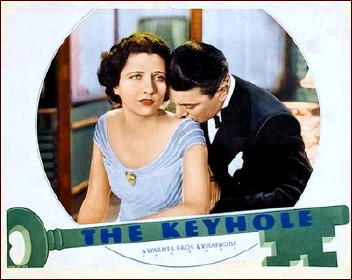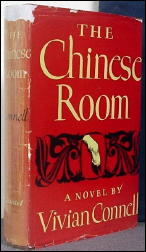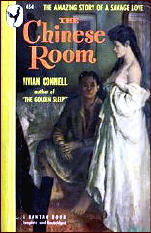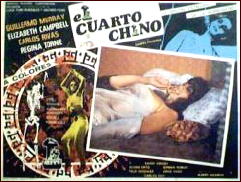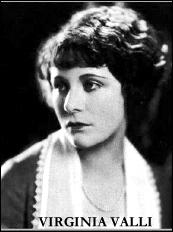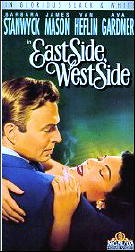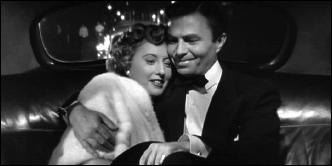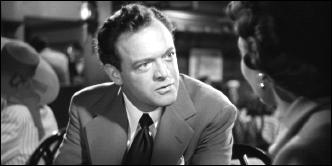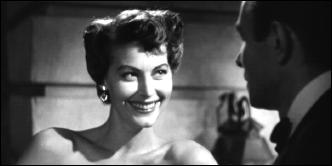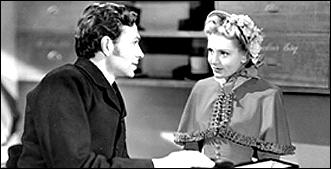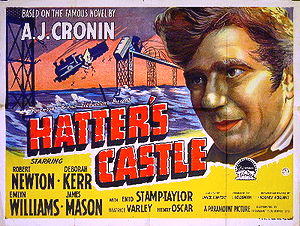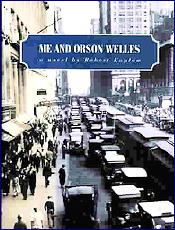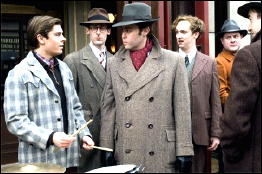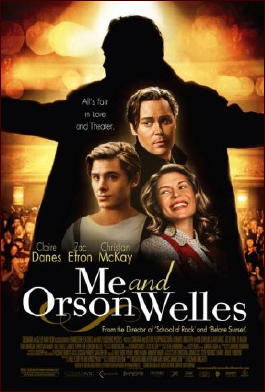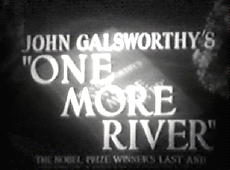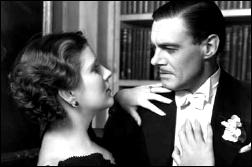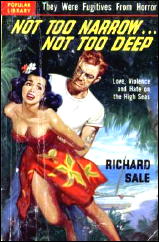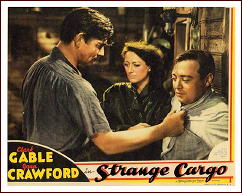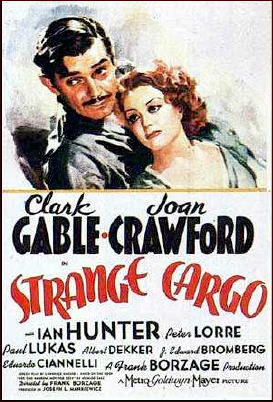Thu 25 Mar 2010
Movie Review: THE KEYHOLE (1933).
Posted by Steve under Films: Comedy/Musicals , Films: Drama/Romance , Reviews[7] Comments
THE KEYHOLE. Warner Brothers, 1933. Kay Francis, George Brent, Glenda Farrell, Allen Jenkins, Henry Kolker, Monroe Owsley, Helen Ware. Screenplay by Robert Presnell Sr., based on the story “Adventuress” by Alice D. G. Miller. Director: Michael Curtiz.
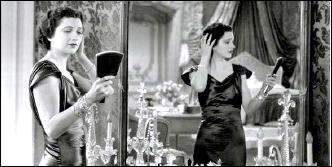
Even though George Brent plays at being a private detective in this one, the society kind, with Allen Jenkins as his dopey partner, I’ve categorized this movie as a comedy/romance all the way. While there is a crime involved (blackmail), any detection is minimal (that is to say, none).
It’s not even Brent’s job to nab the blackmailer, though in the end he does, in a way. He’s hired instead to keep an eye on the blackmailee (Kay Francis) on behalf of her husband (Henry Kolker), who does not know about the blackmail but thinks funny business is going on when Kay Francis (a) begins to act strangely, and (b) heads for Cuba alone, and under her maiden name.
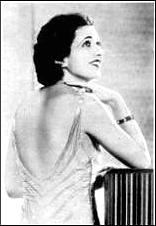
It’s all part of a plot on her part to rid herself of the blackmailer (Monroe Owsley) to whom she was once married and who has since reneged on following through with a divorce.
Brent’s usual game is getting the goods on married women who want to stray (I did mention he was the society kind of PI), so he’s a little confused, but naturally, as the cruise goes on, he begins to, well, you know, fall in love with her?
Unfortunately, as an actor, George Brent has always seemed too bland for me, so it was up to Kay Francis to make this picture work for me, and she was never lovelier.
She has a huge wardrobe along with her aboard ship, and each is what you might call spectacular, with many of them backless (this was a pre-Code movie) and cut low in front as well, but not nearly as far as in the back.
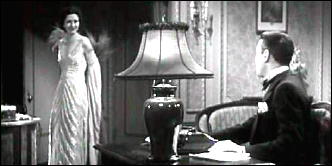
She makes the romance between George Brent and herself believable, and even sizzle here and there, in totally entertaining fashion.
But Allen Jenkins I could easily have done without altogether. He plays dopey to the hilt in this movie, and does a bang up job of it. A subplot involving him in a romance with con woman Glenda Farrell doesn’t go very far (both of them believe the other to be rich), but at least Glenda Farrell is easy on the eyes. She always was.
